1. Celebrating High School Proms Like Weddings

Prom in the U.S. is treated like a full-blown formal event, complete with tuxes, gowns, limos, and professional photographers, according to Gaston La-Gaffe from FAD Magazine. It’s basically a teenager’s first red carpet experience. In many other countries, prom is low-key or doesn’t exist at all. But in America, it’s often the social climax of high school.
The hype is massive: “promposals,” expensive dresses, elaborate after-parties. Parents spend hundreds—sometimes thousands—on what’s essentially a dance. And while many look back on it fondly, others wonder why so much pressure is placed on one night. It’s a teenage rite of passage that’s equal parts magic and madness.
2. Tipping Culture That Feels Like a Math Test
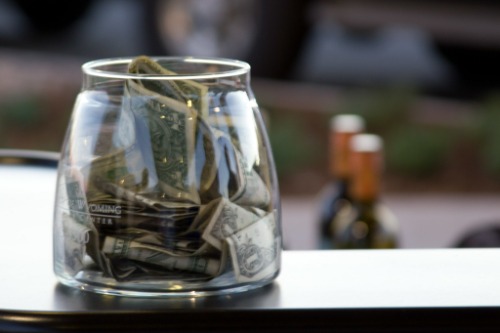
Tipping is so ingrained in American life that it’s basically mandatory, but the rules around it are murky—even for Americans, according to Arwa Mahdawi from The Guardian. You’re expected to tip 15–25% at restaurants, plus barbers, taxi drivers, hotel staff, and even coffee shop baristas now. What’s weirder is how employers often pay tipped workers below minimum wage, relying on customers to make up the difference. Other countries find it bizarre, and honestly, many Americans do too.
The fact that you’re guilted into paying more for someone to do their job—after you’ve already paid for the service—feels like a trap. And no, there’s no nationwide standard, so people are left guessing every time. Ask five Americans what to tip a pizza delivery driver, and you’ll get five different answers. It’s stressful, inconsistent, and somehow still going strong.
3. The Pledge of Allegiance in Schools
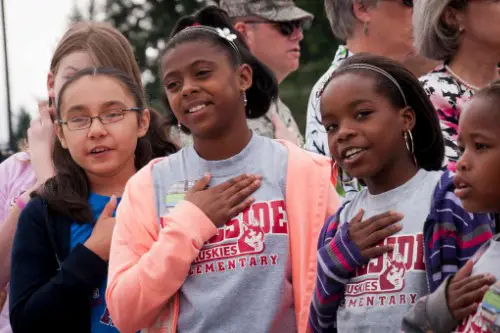
Every morning, millions of kids stand up, face a flag, and recite a loyalty oath to the United States—often without fully understanding why. The Pledge of Allegiance is something many Americans do daily as children, and then almost never again, according to Brad Dress from The Hill. It’s been around since 1892, but the phrase “under God” wasn’t added until the Cold War era in 1954. That change was meant to distinguish the U.S. from “godless” communist countries.
It’s strange when you think about it: reciting a memorized statement of loyalty at the beginning of the school day. Some parents and teachers think it’s patriotic; others see it as indoctrination. Even kids who move to the U.S. are confused about why they’re being asked to do it. Americans mostly just go with it—because it’s what’s always been done.
4. College Sports Being a Huge Deal
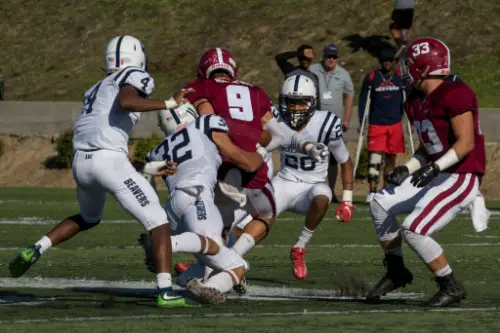
College football stadiums in the U.S. can seat over 100,000 people, and some games get more viewers than pro sports. The strange part? These are students—young adults who are technically amateurs—getting superstar treatment. Universities build multi-million-dollar athletic facilities while some of their academic buildings crumble, according to Michael Ozanian from CNBC.
Americans are fiercely loyal to their college teams, often more so than pro teams. Tailgating, fight songs, mascots—it’s like a second religion in many parts of the country. Meanwhile, in most of the world, university sports barely register outside the campus. It’s a point of pride, sure, but also a head-scratcher when you try to explain it logically.
5. Prescription Drug Commercials
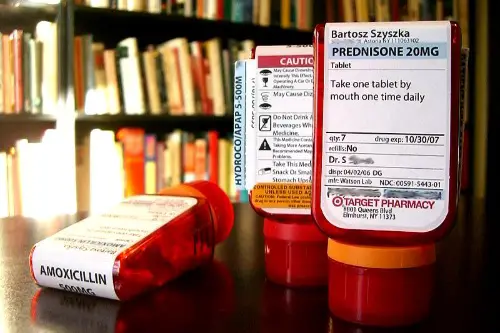
In the U.S., it’s completely normal to see TV ads that say, “Ask your doctor if this drug is right for you.” What’s not normal? The fact that the U.S. and New Zealand are the only two countries where this kind of pharmaceutical advertising is legal. You’ll see smiling couples kayaking while a voiceover lists terrifying side effects like “death” and “seizures.”
It’s jarring, especially for people from countries where drug recommendations come only from doctors, according to Emily Stewart from Vox. These ads turn serious medical treatments into consumer products, which feels more like marketing than medicine. Americans are used to it, but it raises ethical questions even among doctors. Plus, who really wants to ask their doctor for a pill they saw during a football game?
6. Peanut Butter in Everything
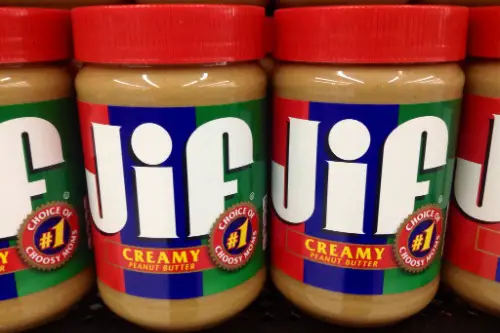
Americans love peanut butter—like, really love it. It’s in sandwiches, smoothies, desserts, sauces, and even burgers. For a country with so many people allergic to peanuts, the obsession is oddly intense. International visitors often find it weird how many food items are peanut-butter-flavored.
What’s stranger is how emotionally attached people are to their peanut butter brands. Debates over creamy vs. crunchy can get heated. The rest of the world may enjoy peanut-based dishes, but Americans have turned it into a culinary cornerstone. It’s tasty, sure, but also kind of a cultural mystery.
7. Obsessed With Ice

Americans love putting ice in everything—even when it’s freezing outside. If you ask for water at a restaurant, it’ll almost always come filled to the brim with ice. At home, most refrigerators come with built-in ice dispensers, like it’s a basic human right. Meanwhile, in much of Europe and Asia, drinks are served room temperature or just slightly chilled.
The obsession is so strong that ordering a “no ice” drink can get you strange looks. Some say it’s about freshness; others just like their drinks cold. But really, nobody has a good explanation—it’s just how it’s done. Even Americans admit they feel like something’s missing without it.
8. Wearing Shoes Indoors
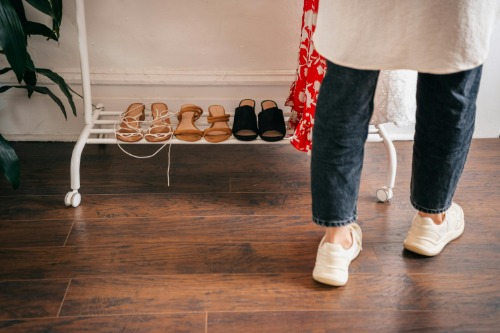
In many parts of the world, taking your shoes off when you enter a home is standard. But in the U.S., plenty of people walk around their house—and even other people’s homes—with shoes on. You’ll see it in movies, on TV shows, and in real life. It’s not universal, but it’s definitely common.
Some Americans think it’s impolite to ask guests to remove their shoes. Others just never learned differently. But when you consider the germs, dirt, and who-knows-what that shoes carry, it makes the custom seem kind of gross. And yet, most Americans don’t think twice about it.
9. Red Solo Cups as a Party Symbol
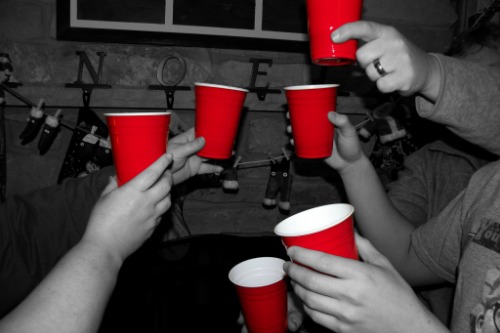
Thanks to movies and TV, the red Solo cup has become a bizarre cultural icon. If there’s a college party, you’ll probably see a sea of these cups. They’re cheap, disposable, and perfect for beer pong—another uniquely American pastime. But outside the U.S., they’re mostly seen as a quirky curiosity.
What’s especially weird is how the red Solo cup has become the symbol of a good time. You can even buy themed merch with them on it. Most Americans couldn’t tell you why that specific cup got so famous—it just did. It’s disposable plastic, but somehow… legendary.
10. Extreme Air Conditioning
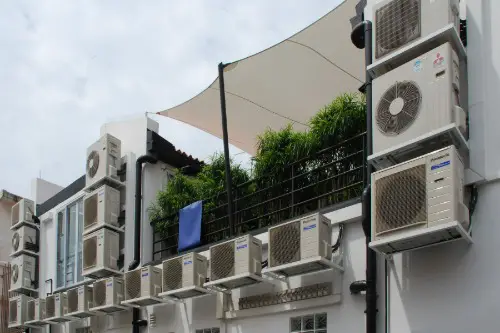
Step into almost any American building in the summer, and you’ll be blasted with arctic-level air. Grocery stores, office buildings, restaurants—it’s like they’re preparing to store frozen meat. Even during heat waves, people bring sweaters to the movies because they know they’ll be freezing. It’s not just comfort; it’s an expectation.
Other countries keep things a bit more moderate, both for environmental reasons and because it’s, well, more reasonable. Americans just really hate sweating, apparently. This cooling-overkill has become so normal that people hardly notice anymore. But visitors often end up shocked—and shivering.
11. Huge Portions and Free Refills
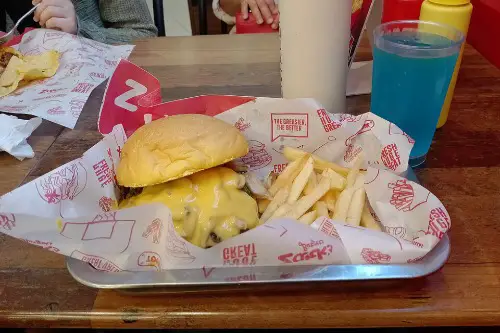
If you’ve ever ordered a “small” drink in the U.S. and received a 32-ounce soda, you understand the confusion. American portion sizes are notoriously huge, especially compared to most of the world. And yes, free refills on soft drinks are standard, sometimes even expected. It’s like a fast-track to a sugar rush and a caffeine crash all in one sitting.
While this custom might feel generous, it’s also contributed to major public health concerns, like obesity and diabetes. Yet, Americans will defend their free refills to the bitter, bubbly end. The logic is simple: if you’re paying for a meal, why shouldn’t the drinks be bottomless? But when you try explaining this to someone from Europe, they usually just blink in disbelief.
12. Driving Everywhere, Even Short Distances

In much of America, walking or biking isn’t really an option—you drive everywhere. Need to go one block? Better start the car. Urban sprawl, lack of public transit, and car-centric infrastructure make walking feel inconvenient or even unsafe. Even drive-thru pharmacies and banks exist, because why get out?
Many Americans don’t think twice about it, but visitors are baffled. In other countries, cities are built for pedestrians, and cars are secondary. In the U.S., the car is king, and the culture has evolved around it. It’s convenient, yes—but also kind of absurd when you really think about it.


